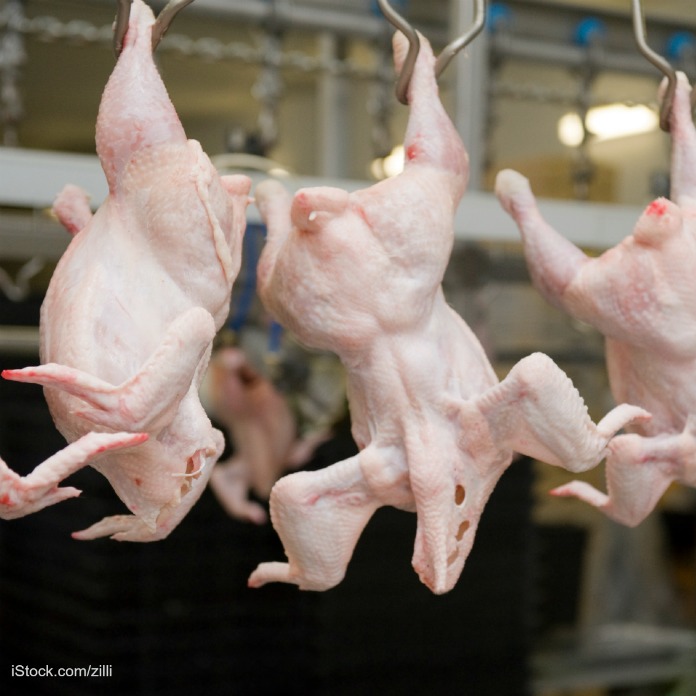The food safety agencies Stop Foodborne Illness and the Center for Science in the Public Interest (CSPI) are calling for poultry safety modernization to reduce Salmonella and Campylobacter infections in poultry. Those agencies believe that the USDA’s regulatory framework lags behind advances in science and technology and doesn’t reflect the best. practices to prevent illness from poultry.

Stop Foodborne Illness CEO Mitzi Baum said in a statement, “To their credit, FSIS, academic experts, and many poultry industry leaders recognize the poultry safety problem and are working on solutions. Consumers rightfully expect, however, that FSIS build today’s best practices into its regulatory system so they can become common practices.
Outbreaks linked to poultry products have occurred consistently in the. past several years. Last year, for example, the number eight multistate food poisoning outbreak was linked to Salmonella in raw chicken. At least 129 people were sickened in that outbreak, twenty five people were hospitalized, and one person died.
Stop Foodborne Illness and CSPI want the agency to hold poultry slaughter facilities accountable for minimizing how many live birds entering those slaughterhouses are contaminated with dangerous pathogens. And they want the USDA to replace the “currently unenforceable” Salmonella and Campylobacter performance standard with enforceable finished product standards.
Sarah Sorscher, Deputy Director of Regulatory affairs at CSPI said, “Given all that we now know about how disease spreads from farms into our food system, it is no longer acceptable for safety regulations to stop at the slaughterhouse door. USDA must work with stakeholders to ensure that harmful pathogens are controlled on the farm, so that sick animals will not spread disease to humans through the food supply.”
The pathogens Salmonella and Campylobacter account for more than 70% of the confirmed hospitalizations and deaths linked to foodborne pathogens. Poultry is a significant contributor to these illnesses.




